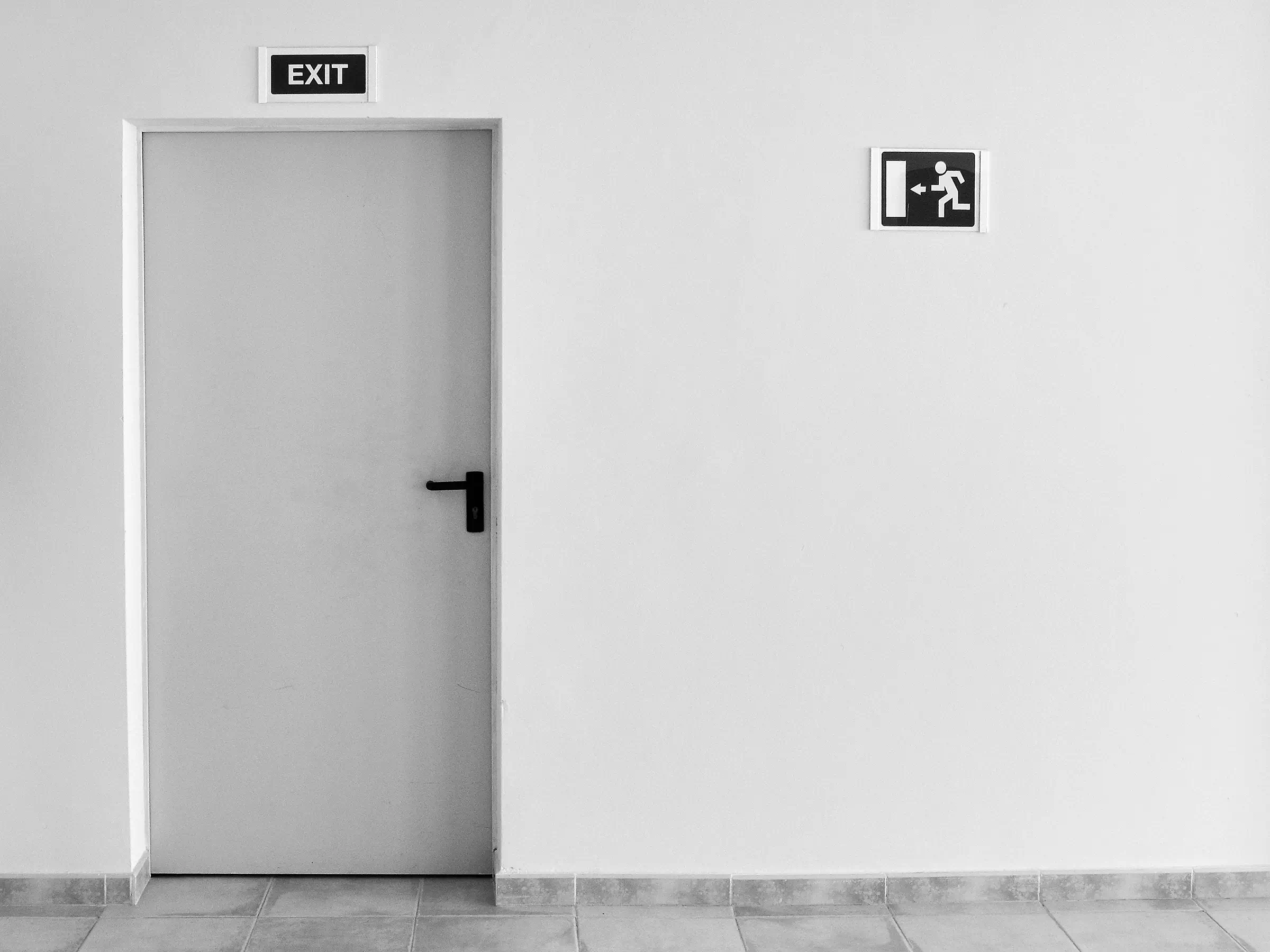In 2019 AAMA published changes to the certification process in AAMA 103-19: Procedural Guide for Certification of Window, Door and Skylight Assemblies. It updated several provisions, including removal of the limitation on the number of recertifications a manufacturer can seek for air/water/structural certification on a product without additional certification testing. That would have been hard to believe 10 years ago.
Beginning with AAMA 103-15, a manufacturer was granted the option to seek a one-time 5-year product certification extension for air/water/structural certification provided it follows the enhanced in-plant quality management system requirements and submits the necessary request for waiver of retest to obtain the extension. With AAMA 103-19, a manufacturer can now seek an unlimited number of extensions.
In addition to the extension requirements starting in 2015, a manufacturer seeking an extension based on a test report that is more than 10 years old must also submit current product drawings and a current bill of materials. The current product information is compared to the original test report and later Waivers of Retest to confirm the product continues to be manufactured in the same way and using the same components as when original tested certification was obtained. The revised standard advises further that AAMA and the validator have discretion to decide whether to pay “special attention” to products with multiple certification extensions during in-plant audits.
The ability to receive more than one 5-year extension hardly means that a manufacturer can sit back, relax, and forget about the product. Even with an extension, a manufacturer’s job is not done. The extension provisions do not apply to other testing, such as verified component testing and thermal performance testing, which must still be performed at the frequency required by the applicable standards. Additionally, the enhanced in-plant quality management system separately prescribes in-plant testing. Finally, whether or not required, a prudent manufacturer will consider whether surrounding circumstances call for periodic, or ad hoc, testing of its products to ensure that it can demonstrate that they continue to be manufactured with the same precision and using the same components as designed.
With the ability to receive more extensions also comes heightened concern regarding a manufacturer’s potential liability. Below are a few examples of ways to manage potential liability:
Record Retention. A manufacturer should maintain documentation from the original certification up through the current extension. Keep all test reports, drawings, bill of material, etc. related to the testing that led to original certification and documents submitted for extensions. Also keep all documents received from vendors regarding the testing and certification. The information should be kept in a manner making it easy to determine what documents were submitted/received and when. It is also important to manage records as required by the in-plant quality assurance programs.
Components. Windows and doors are made up of various components purchased from third-party vendors. A manufacturer should know when these vendors modify or change any component part
purchased for its products and should confirm whether the change will require recertification of the window or door product.
Building Codes. Ever-changing building codes can force a manufacturer to update the design of its windows and doors to enable it to continue selling in certain markets. Do not overlook the importance of keeping up with code (and competition) by taking the “easy way out” and seeking an extension rather than updating the product as needed to comply with code.
Extending certification of a window or door will save a manufacturer time and money by not having to test with a third-party test laboratory, but the decision to do so should be made knowing what is required and with a candid assessment of the ability to routinely comply with those attendant measures.


